County by Dr. David Ansell
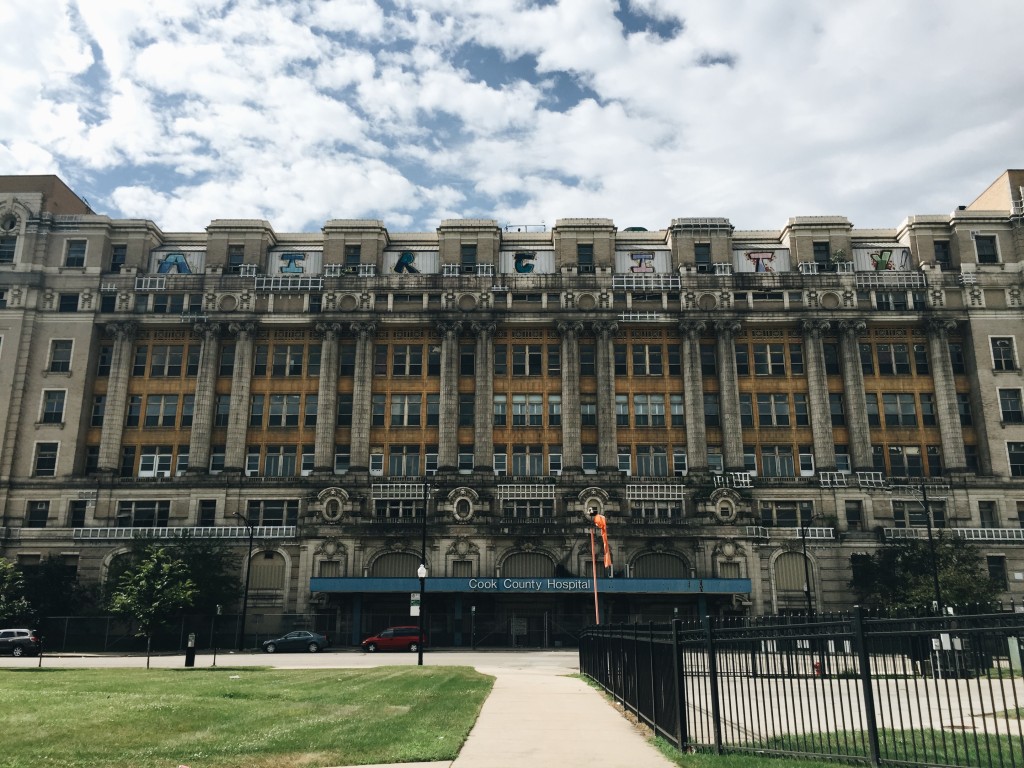
County: Life, Death, and Politics at Chicago’s Public Hospital is a book written by Dr. David Ansell that I recently read. It’s known to be controversial and in terms of provoking opinion it did not disappoint!
My relationship with the hospital started as a medical student when I had a few rotations in the Cook County health system: I learned from intense ER doctors, performed autopsies with pathologists, and poked my way through the intricacies of neurology and stroke care. Despite a new building and development over the years, the hospital emanated a persistent legacy— you just knew it when interacting with its patients and providers— they were part of something so much larger!
Cook County Hospital is a Herculean character in Chicago. Fictionally, it was the basis for the hospital of the popular medical TV series, “ER.” Historically, the building is a landmark, being built in 1912 and used until 2002 (next door, the Stroger Hospital of Cook County took its place). Medically, it was the site of the first hospital blood bank in the United states and America’s first comprehensive trauma center. Politically, it has been (unfortunately) involved in Chicago’s corruption and racial institutions in more than one occasion.
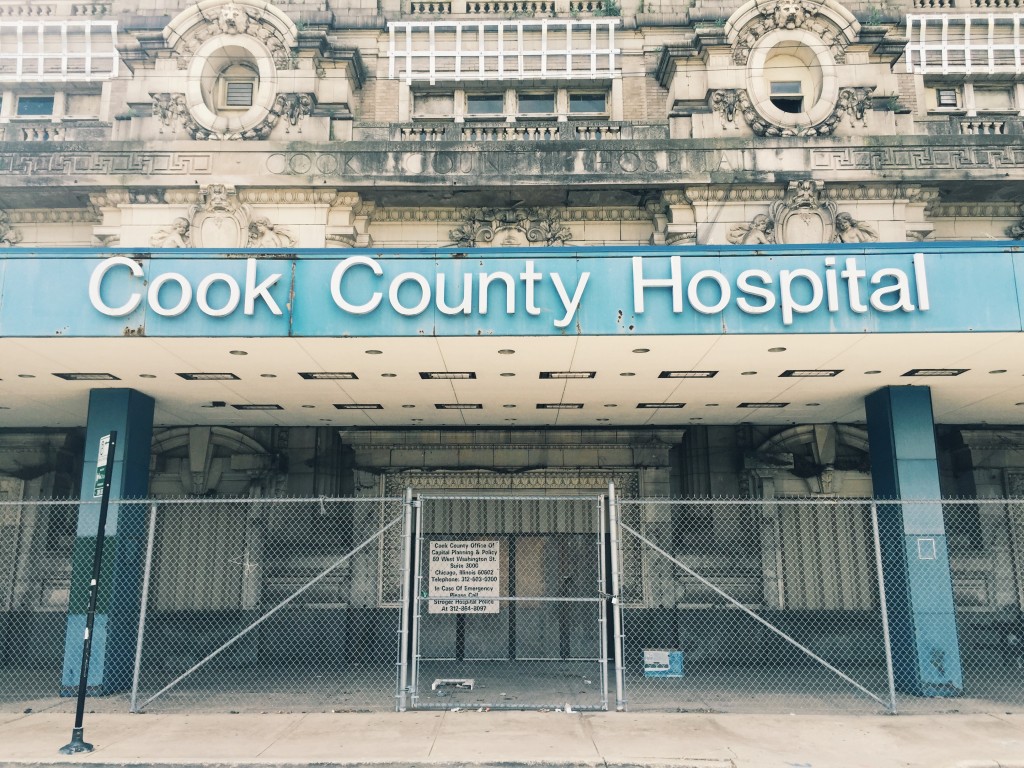
The book describes the story of a Dr. David Ansell beginning his internal medicine residency at Cook County and eventually becoming faculty with a passion for social change. Although the writing is at times heavy-handed and the flow jagged, it’s worth reading for the genuineness of the stories he describes. At one point, he describes an feeling all new doctors in their first year of residency go through: pretending to be confident and experienced in front of a patient with a problem you’ve never seen and treating them in a way you’ve never done before.
One story involves removing an infected toenail for the first time. He brings a textbook to read and follow as he does the procedure. I laughed because he instructed the patient to close his eyes, not only for the patient’s comfort, but so that the patient doesn’t see Ansell read from the book as he removes the nail! In another instance, he pronounces a dead patient for the first time in front of police officers. He states,
How long should I listen? I did not know. Time passed in slow motion. The only sound I heard through the stethoscope was the beat of my own heart in my ears.
“Oh Shit,” I thought. After what seemed to be a respectful amount of time, I furrowed my brow and put my best “serious doctor look” on my face. I turned to the cops, nodded and mumbled, sotto voce, “Yeah he’s dead.”… I tossed and turned that night, hoping I was right.
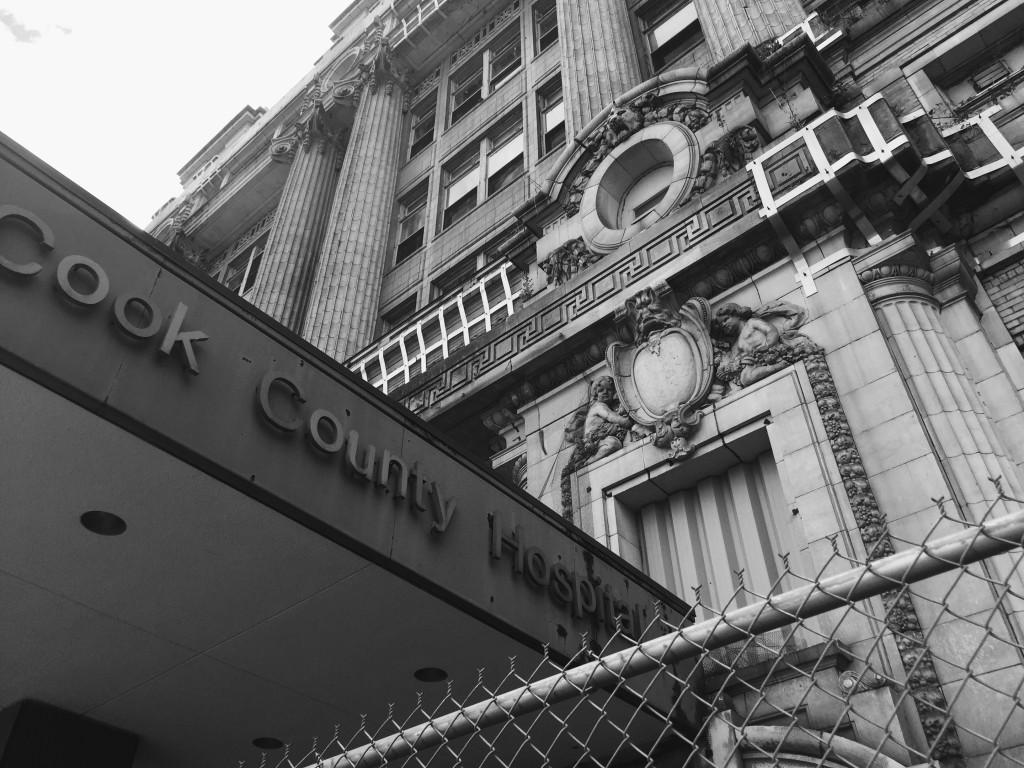
These stories are common to every new doctor and validating to us. His other anecdotes also describe the frustrations that many young doctors feel: powerless and insignificant in comparison to the larger social and cultural forces of our institutions. Subsequently, the larger aim of the book is to reveal the faults of our medical system and politics.
There are stories of rats and cockroaches in the hospital, open wards (large rooms of patient beds lined up like what you would see only in old-timey movies, but up to very recently was still true in Cook County), unsupervised resident doctors, labor lines (women in labor and standing in line, contracting as they wait for a gurney to open up), etc. These were things he saw and could not leave alone.
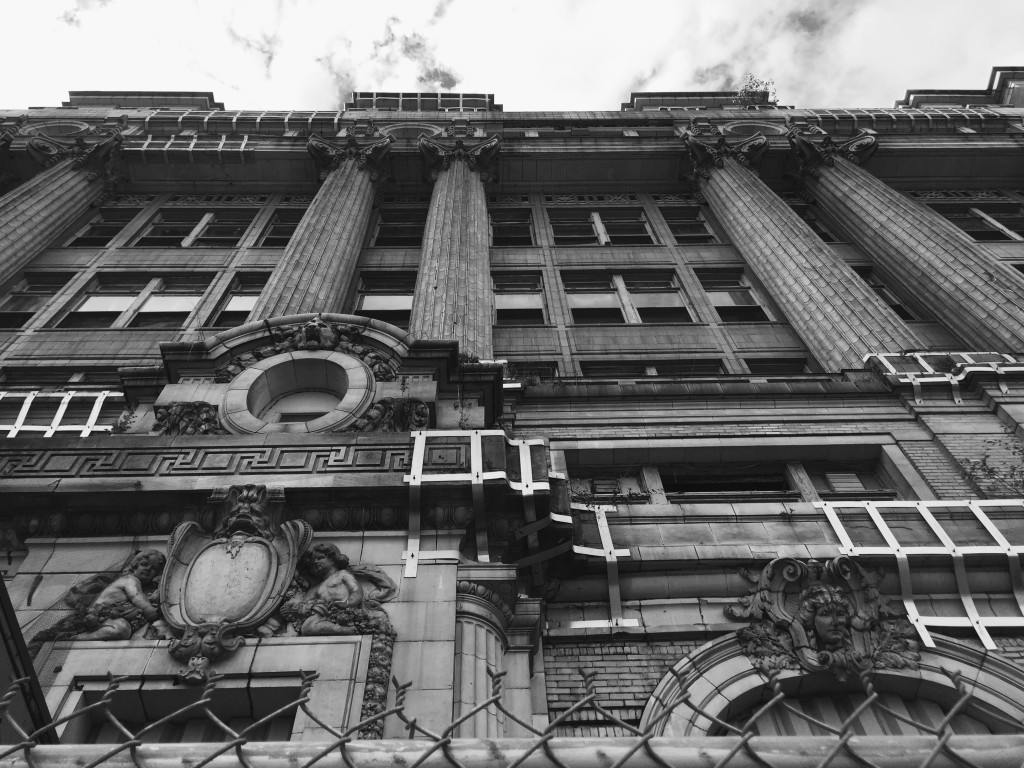
As the book progresses you see his convictions turn into action. One of his major victories exposed Chicago’s “patient dumping.” A common practice in the 1980s was for richer hospitals to transfer patients to County. Ansell and his colleagues published a paper in the New England Journal of Medicine in 1986 which revealed the unethical transfer of people in trauma, active labor, and even critically ill because they were found to be uninsured and likely unable to pay for a hospitalization. Due to this paper and Ansell’s work, Congress eventually passed the Emergency Medical Treatment and Active Labor Act that same year, deterring hospitals from limiting care in the ER due to financial reasons.
Lastly, the book highlights the racial and cultural institutions in Chicago that perpetuate health care disparities. Of note, he describes how health care outcomes are dramatically poorer in African Americans and Hispanics compared to Caucasians in Chicago. An African-American woman was more likely to die from breast cancer than a white woman (29% vs 19%). He describes the story of the Breast Cancer Screening Program which helped more black women screen for breast cancer (now an expected intervention for all women in America).
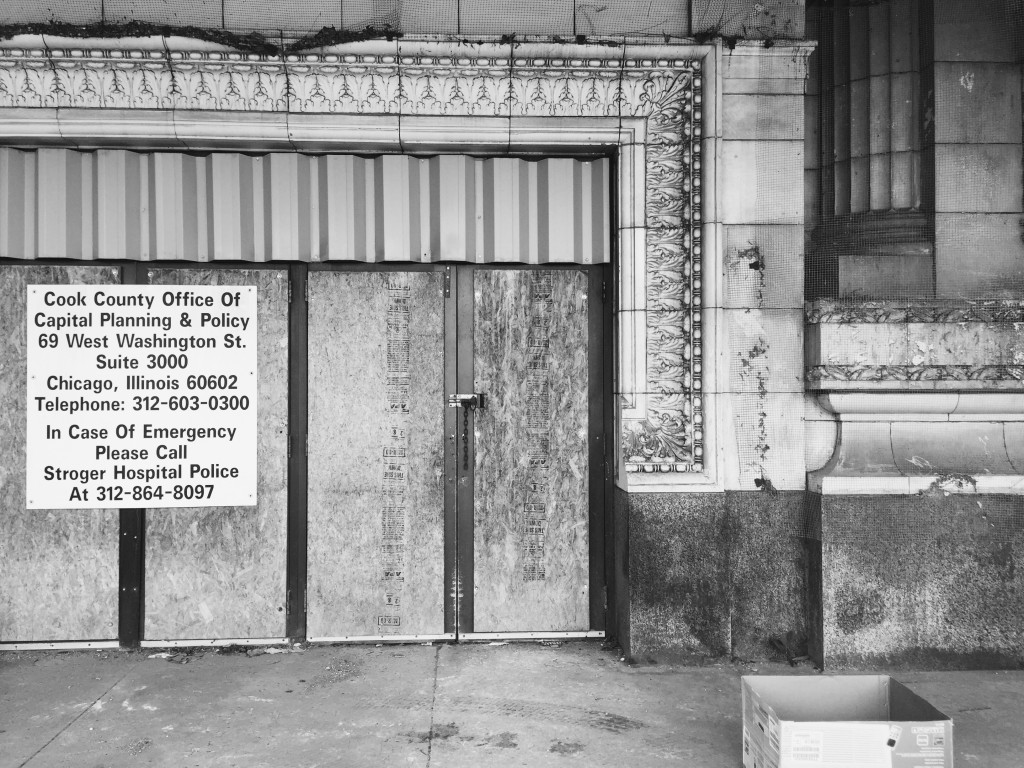
Personally, this book creates a narrative that helps me place myself into the dramatic story of Chicago’s health care and politics. As a medical student, I rotated at Christ Hospital in Chicago’s south side, Mount Sinai and Lawndale Christian Clinic in the west side, Lutheran General in the northern (white) suburbs, and of course Cook County in the medical district. Now a resident family doctor at West Suburban in the Chicago Austin neighborhood, I realize my experiences were a blessing. Race, economic class, culture, and education all impact health in different ways. I had the privilege of experiencing a broad picture of different health care philosophies and systems reacting to these obstacles in Chicago.
Health care and social justice were apparent to me then and even more now as I have my own patients. Segregation and economic inequality is real and a daily challenge. Our hospital serves a predominantly black neighborhood of Austin and at the same time the white suburb of Oak Park. I can serve a self-paying black single-mother now having her third baby and at the next moment see a well-off middle-aged man needing anxiety pills for a business trip to Japan.
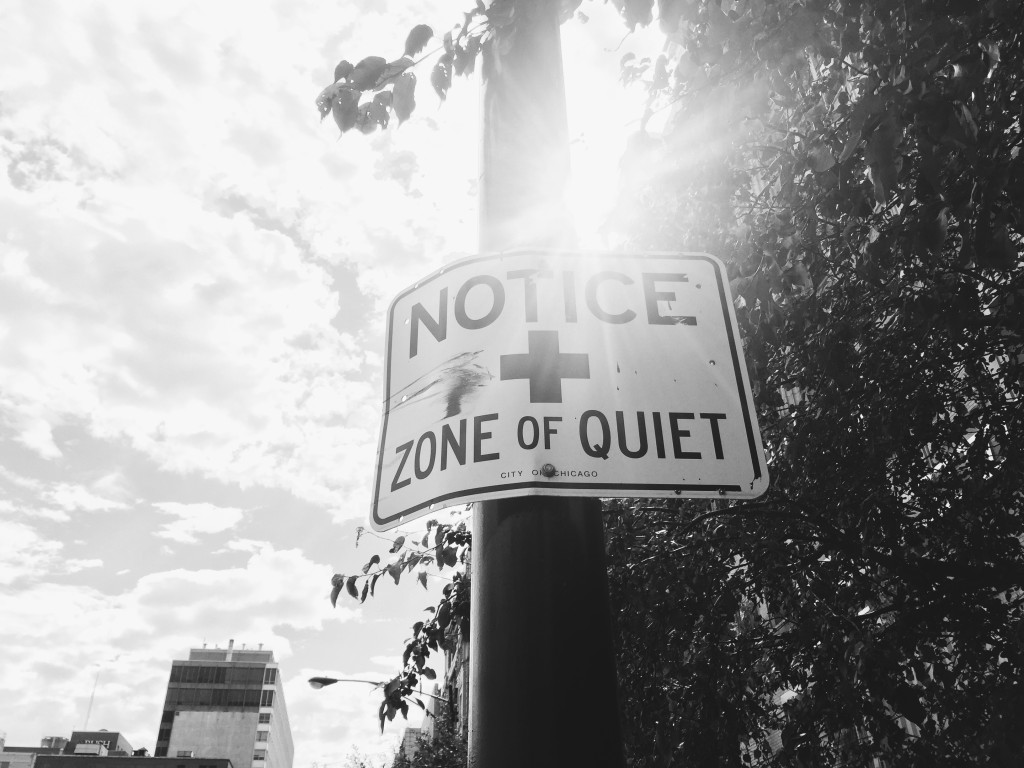
Ansell’s story about health care in Chicago shows what work has been done and what work needs to be done. He is one story of an imperfect person in an imperfect world trying to redeem our health care. Hundreds of other stories exist in our news channels, Facebook feeds, and private lives. Social justice and medical equity will continue to be at the forefront of politics, especially as these first few years of the Affordable Care Act unfold. Moreover, this year of politics especially is finding issues of segregation and race raging around the country. At times I find myself overwhelmed at all this need. Stories abound of the sins of our country, yet stories of redemption are few— and this aches me.
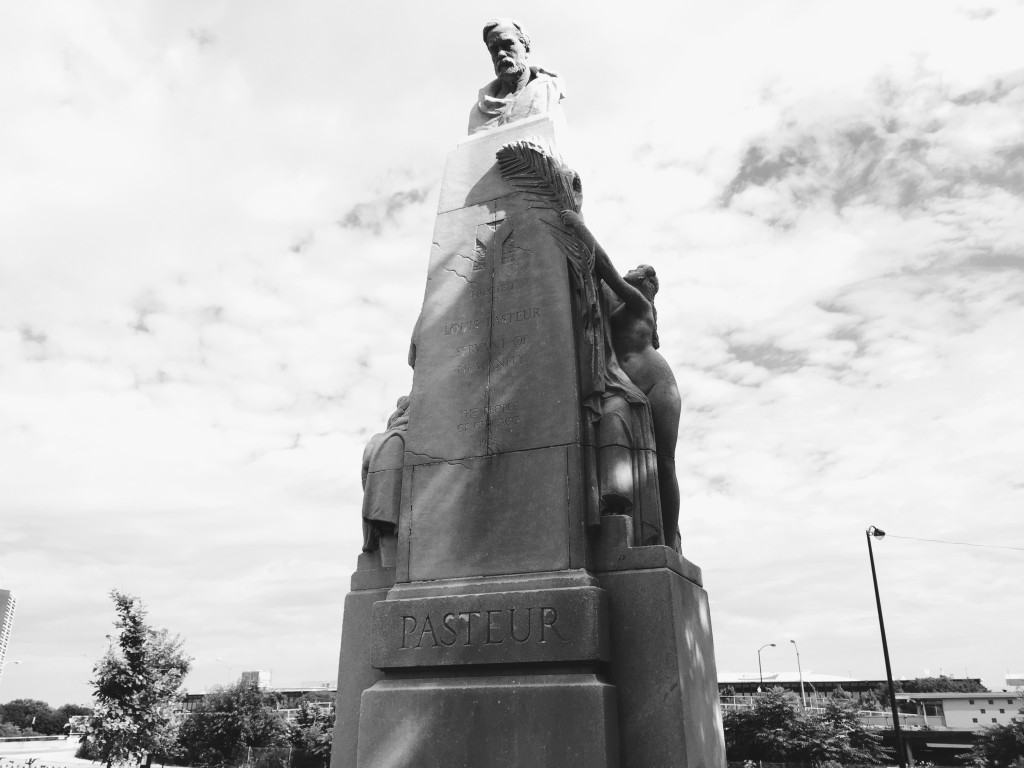
There is a spiritual truth that I am reminded as I think about my life and career: healing is driven by compassion. Louis Pasteur’s statue stands outside Cook County Hospital testifies to this. He states that suffering is something we all feel. Sickness is common to many and death is (or will be) common to all. His famous quote implies that we heal those around us because we know how it feels to be in need of help.
We commemorate people like Pasteur because they embody our beliefs and hope. A statue pronounces solidarity in a community. In the same way, the Christian bible helps me remember my beliefs and hope: there is a God that is not just a distant omnipotent ruler, but a servant-God, a kneeling-God, a humble-God, a healer-God, a compassionate-God. It is written that Jesus said,
It is not the healthy who need a doctor, but the sick. I have not come to call the righteous, but sinners.
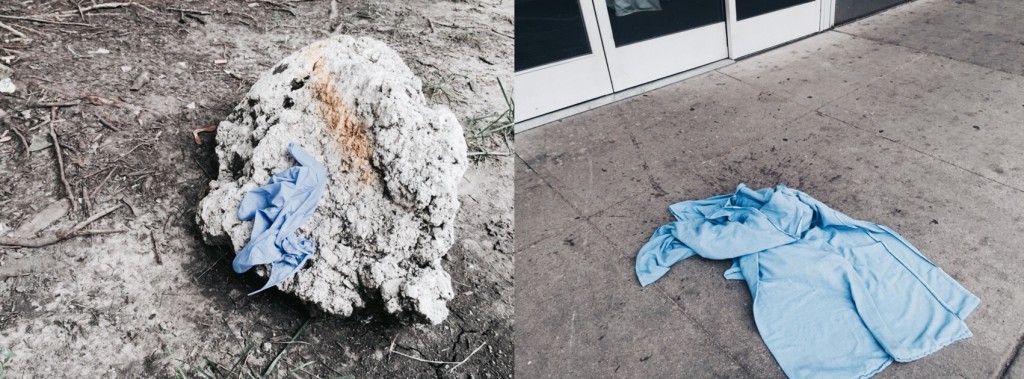
Jesus is not a God who lives in the clouds, but someone who felt our pain and had compassion to come meet us at our level— to not only heal us but feel our sickness with us. Healing is physical and spiritual. No wonder our greatest deficits in health care are so intrinsically intertwined with our social justice deficits. Pasteur’s famous quote and this particular bible verse charge us to remember the sick in this world.
As doctors, we should spend all physical effort to produce meaningful and measurable results. Whether it’s through micro efforts (caring for patients one by one) or macro efforts (social activism, governmental action)— everything we do should correlate to our duty and the calling we received. At what lengths are we willing to heal someone? At what cost does it require for us to help those in need? How real is our compassion? Jesus gives us an example of what true compassion in action looks like:
“He himself bore our sins” in his body on the cross, so that we might die to sins and live for righteousness; “by his wounds you have been healed.”
As I meditate more I realize that not only is healing is driven by compassion but true compassion requires sacrifice. Dr. Ansell made sacrifices, many other doctors around Chicago have made sacrifices, and many unknown people are sacrificing for deeds unknown and unrecognized. God has prepared paths that only certain people can fulfill. There is a path that only I can fulfill. What is your path that God has placed before you to fulfill? I pray that God use our sacrifices of comfort, care, money, power, and prestige for the healing and empowerment of our patients.
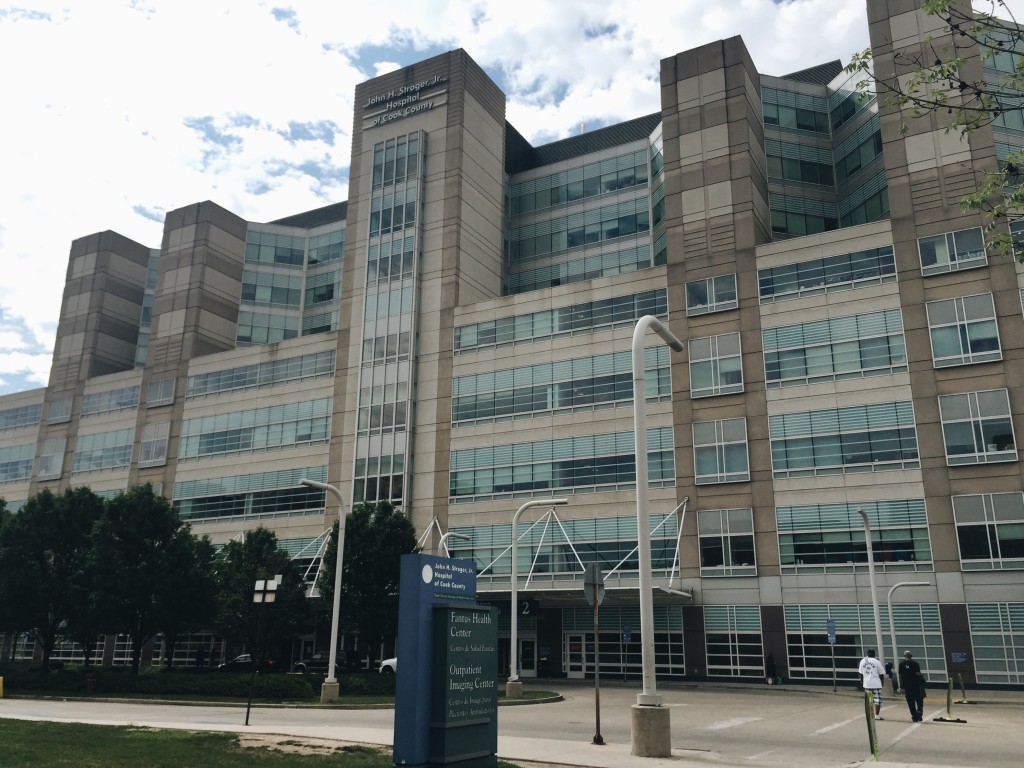
- All photos taken by Henry Del Rosario on a beautiful summer day © 2015
- http://www.encyclopedia.chicagohistory.org/pages/336.html
- http://www.wbez.org/content/why-trauma-centers-abandoned-south-side
- http://www.npr.org/2011/06/15/137109975/life-death-and-politics-treating-chicagos-uninsured
- http://www.nytimes.com/2011/07/26/health/views/26zuger.html?_r=0
- http://articles.chicagotribune.com/2011-06-03/opinion/ct-perspec-0605-cook-20110603_1_health-care-poor-patients-active-labor-act
- http://www.wbez.org/series/curious-city/will-iconic-hospital-emerge-life-support-109086
- http://www.landmarks.org/preservation_news_cook_county_hospital_saved.htm
- http://www.idph.state.il.us/cancer/statistics.htm
- https://en.wikipedia.org/wiki/Louis_Pasteur
- http://www.desiringgod.org/articles/a-hope-greater-than-healing
- https://www.biblegateway.com/passage/?search=1+peter+2&version=NIV
Leave a Reply to Desir Cancel reply